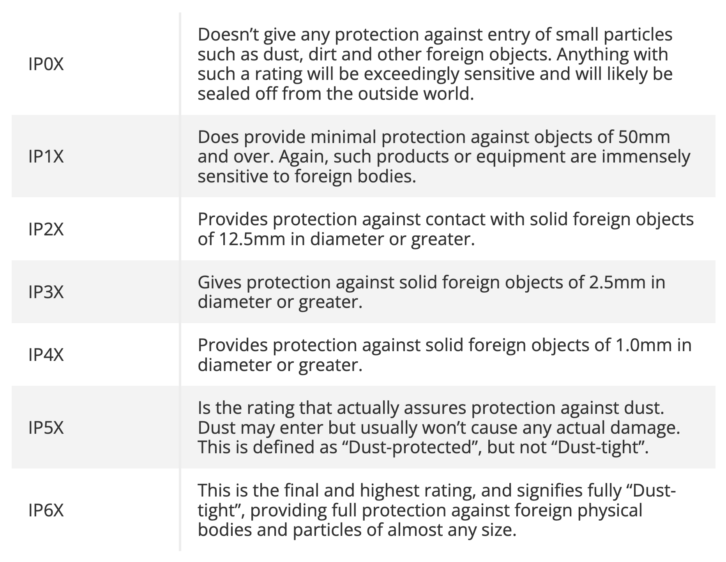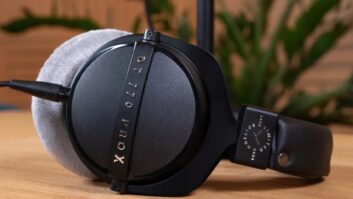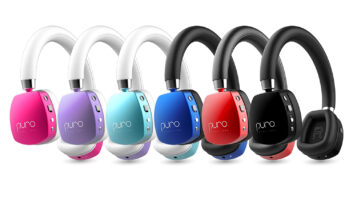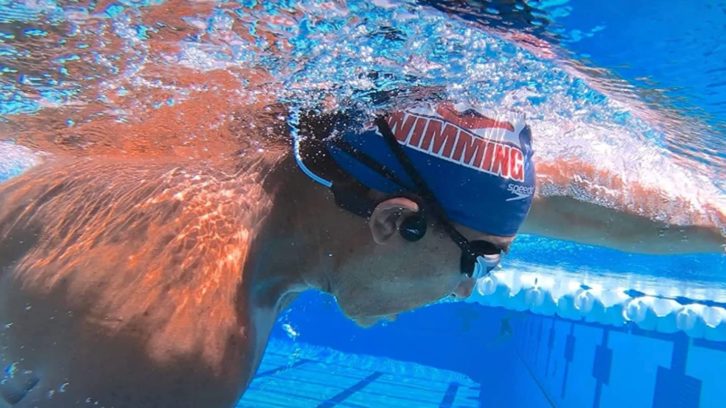
Editor’s Note: This article originally appeared on What Hi-Fi?
Chances are you’ll have come across IP ratings if you’ve ever bought a pair of headphones, Bluetooth speakers, or a smartphone, but what do they actually mean?
It’s not always a consideration for any given bit of audio hardware, but if you’re planning on taking your new portable wireless speaker out on a rainy day or you’re limbering up for a run in the gloomy British summer and need a decent pair of sports headphones that won’t fall apart when exposed to a hint of drizzle, IP ratings are going to come in extremely useful for picking out suitable kit.
What are IP ratings?
The IPXX system is, in essence, a simple and handy way of classifying and rating products depending on how resistant they are to environmental factors, subdivided into physical particles (i.e. dust, sand etc.) and liquid particles, usually in the form of water. The IP in front of the numerals stands for “Ingress Protection”, literally how effectively a product can prevent the ingress of unwanted particles.
The IPXX rating system acts as a scale that companies can use to inform consumers about how waterproof and/or “dustproof” a product is. We often hear of products being described as simply “waterproof” or “not waterproof”, but the point of the IPXX rating is, as we’ll see, to account for both solid and liquid foreign objects.
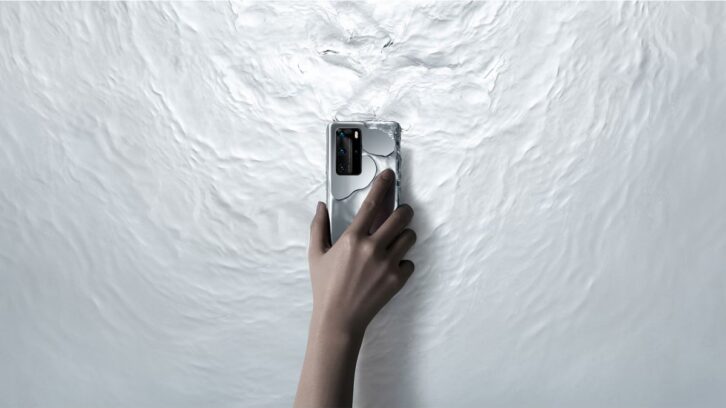
How does the IP Rating system work?
When using the IPXX system, every audio product, be it a pair of wireless headphones or a portable speaker, will sport an IPXX rating. This is essentially a sequence of numbers and letters, starting always with IP and then ending with two interchangeable values. You’ll probably already be familiar with something like IP67, as many mainstream audio products currently tend to hover around this mark as a decent base standard.
There are also different rating systems that you should be aware of, such as the Nema system which classifies products into classes, groups and types, but we’re focusing on the International Electrotechnical Commission (IEC) IP ratings here. The IEC provides a standardised classification for tech products, providing a universal standard across the board.
The “IP” part, then, signifies that this product is using the IEC system of waterproofing classification. The following digit(s) then represents the level of protection for the product, starting with 0 as the lowest level and then six and eight as the highest ranks for solid and liquid entry respectively. An IP69 rating, then, would give the highest protection of dust proofing and a decent level of protection against liquids.
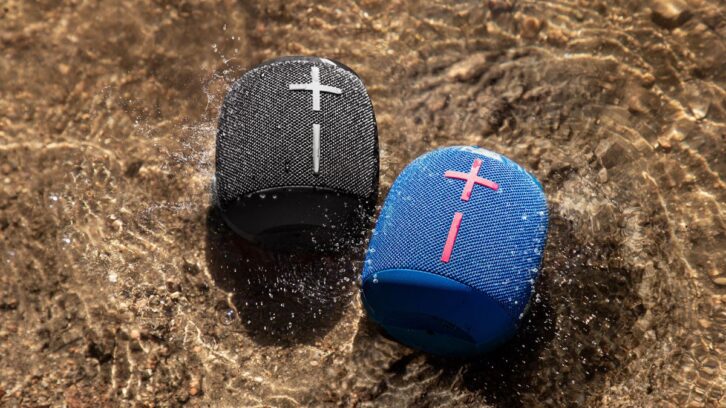
What are the IP Waterproof ratings?
Let’s start with the waterproof ratings. This is determined by the second number in the IPXX code.
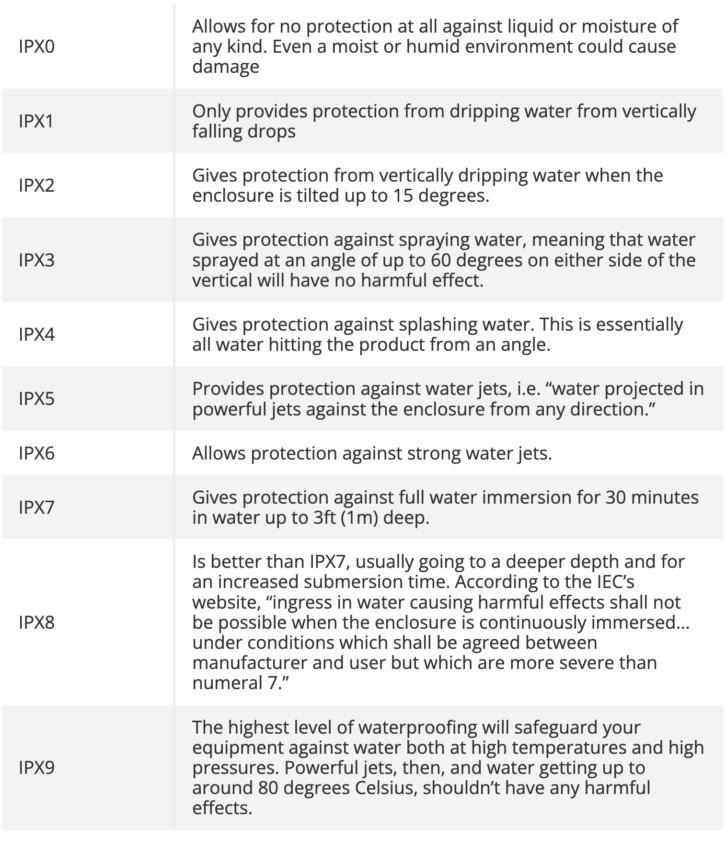
Here’s our pick of the best outdoor Bluetooth speakers.
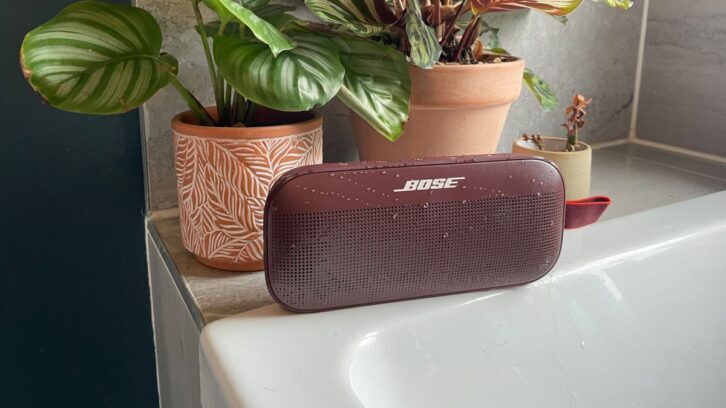
What are the IP Solid Foreign Object (dustproof) ratings?
The dustproof aspect of the IP is determined by the second number in the IPXX code. Unlike the water numeral, the solid foreign object aspect only goes up to 6 on the official IEC chart.
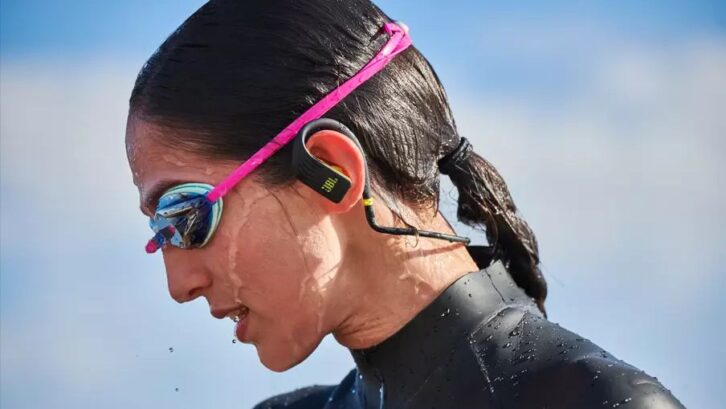
Which IP rating is good for swimming?
The commonly accepted wisdom is that you certainly don’t want an IP rating lower than a 7 for waterproofing if you’re planning on taking a pair of headphones for a dip. As we’ve seen, the IPX7 rating gives protection against full water immersion for 30 minutes in water up to 3ft (nearly 1m) deep.
If you want to be on the safer side, an IPX8 rating should guarantee resistance to immersion in water up to around 3m (nearly 10ft), so if you’re planning on diving to the bottom of the pool to collect coins but still want to hear your favorite tracks, IPX8 will offer even more protection.
Full protection from IPX9, the highest level of waterproofing, isn’t necessary considering the fact that 9 is more suited against high temperatures and extremely high pressures (and most products don’t support this level yet). Unless you’re a lobster being thrown into the pot for tonight’s Thermidor and you want to hear Under the Sea one last time, it’s not really necessary.
Which IP rating is the best?
Going by the charts above, the IP69 is in theory the best rating possible, but we tend to see IP67 as the current best standard you can get in audio products like speakers and headphones. This rating gives the highest protection of dust proofing and the current best level of protection against water splashes and immersion.
For smartphones, IP68 is the highest rating we’ve seen on models far, including the latest range from Apple and Samsung (iPhone 14 Pro Max and Galaxy S23 Ultra).
It’s worth noting that these products aren’t entirely waterproof, they’re water-resistant.
About the Author
Harry McKerrell is a staff writer at What Hi-Fi?. He studied law and history at university before working as a freelance journalist covering TV and gaming for numerous platforms both online and in print. When not at work he can be found playing hockey, practicing the piano or forcing himself to go long-distance running.
See also: Talking Points: LG C3 OLED — 4 Reasons To Buy And 3 Reasons To Skip
